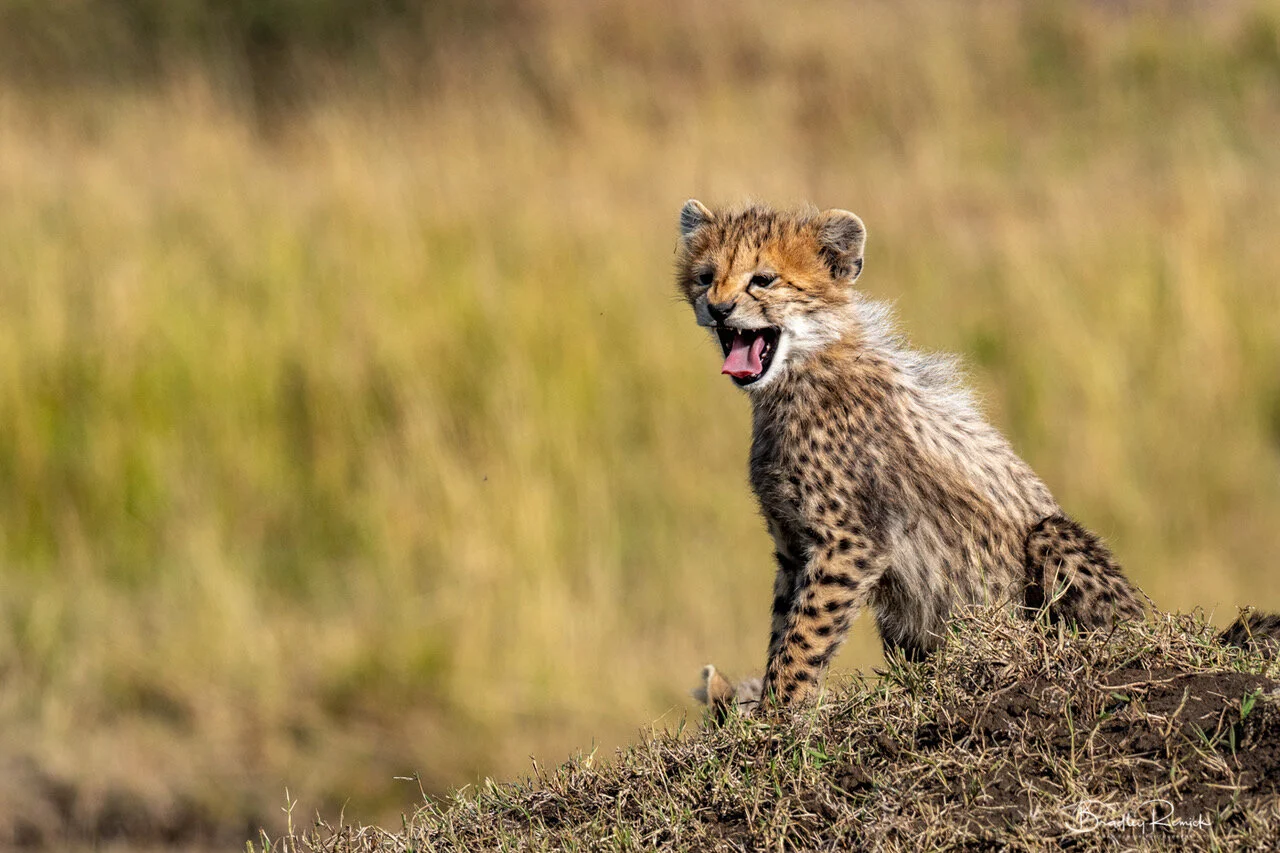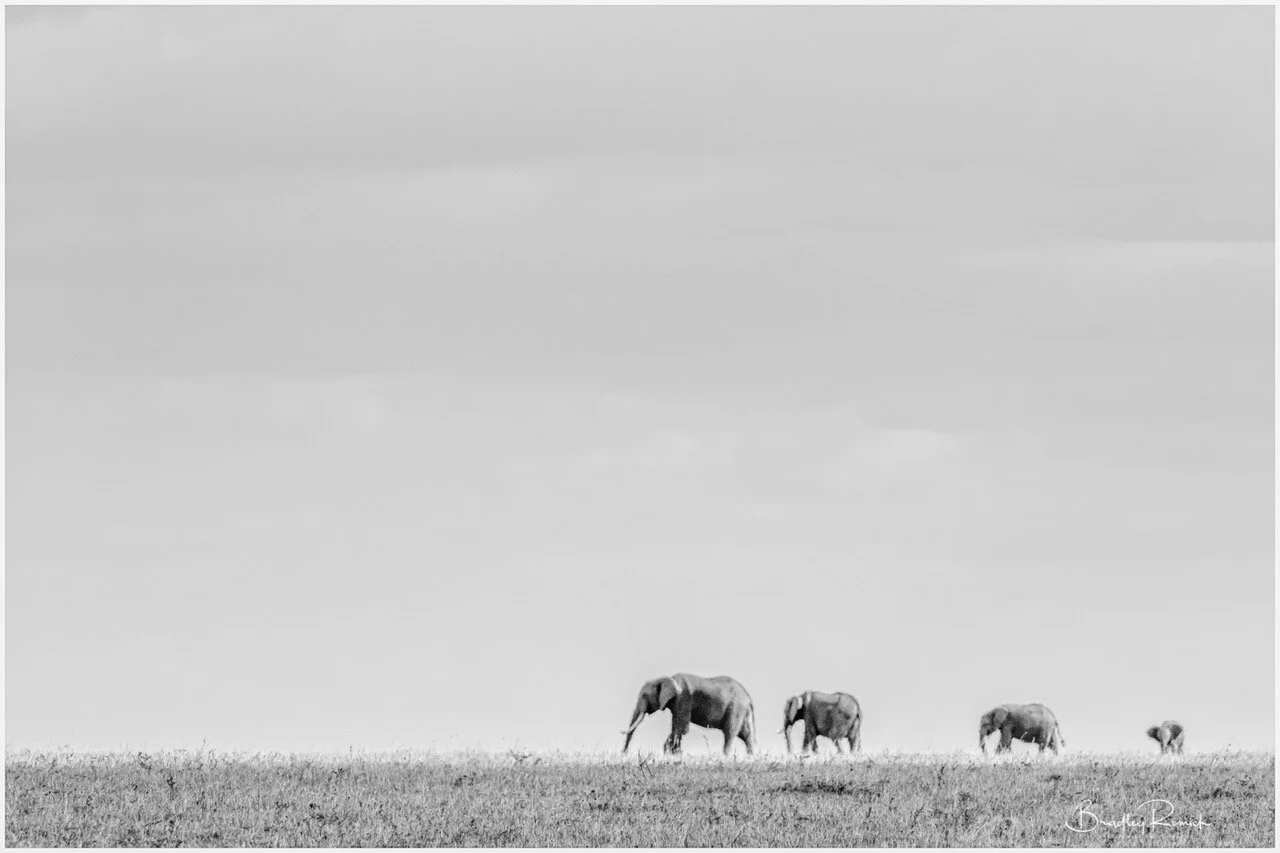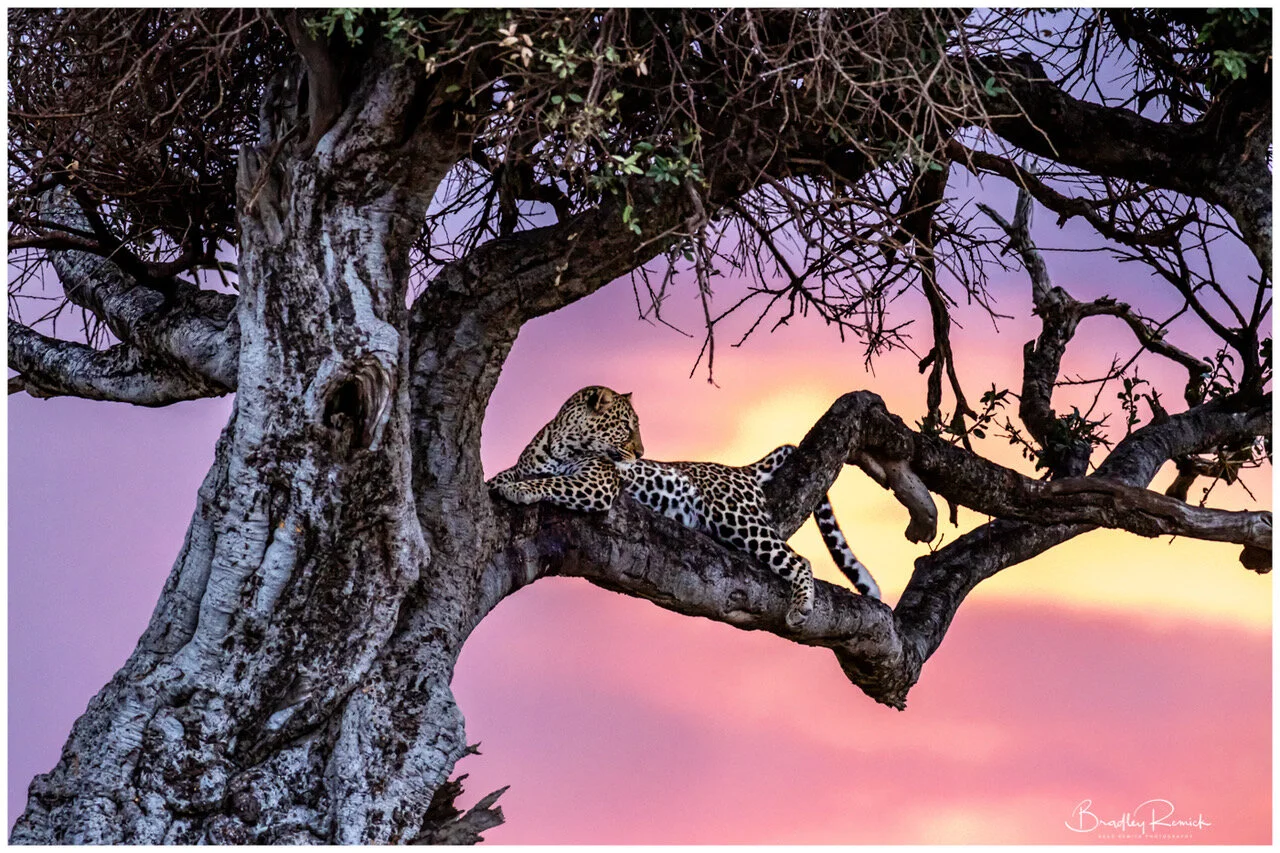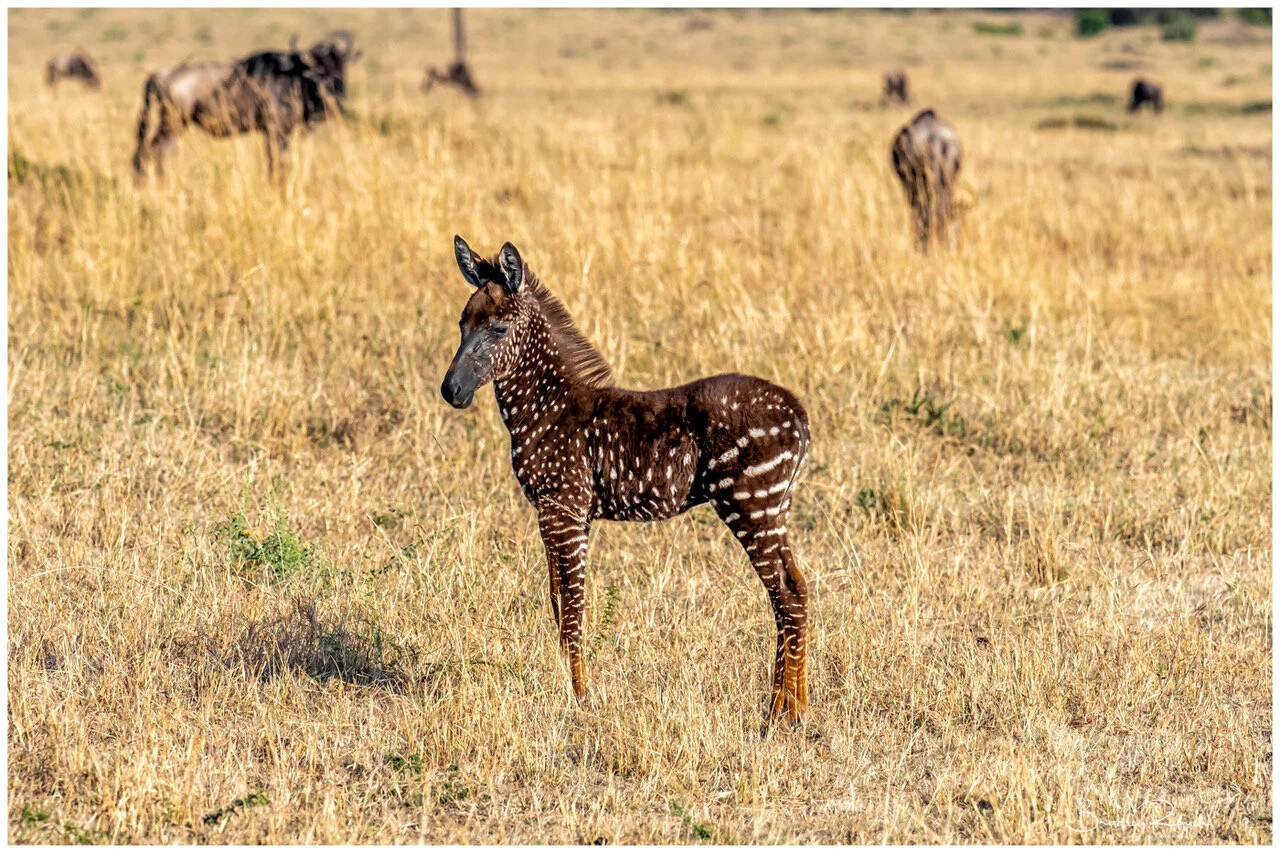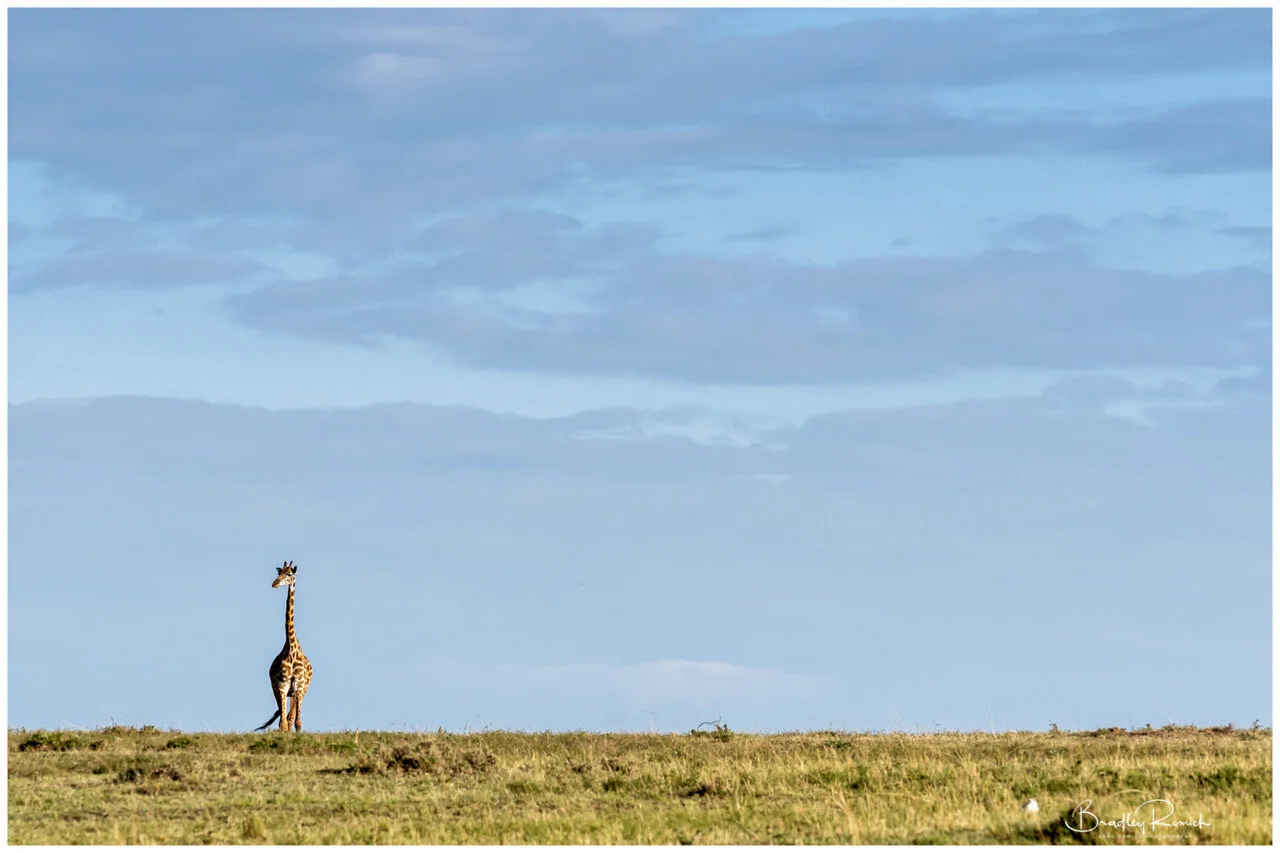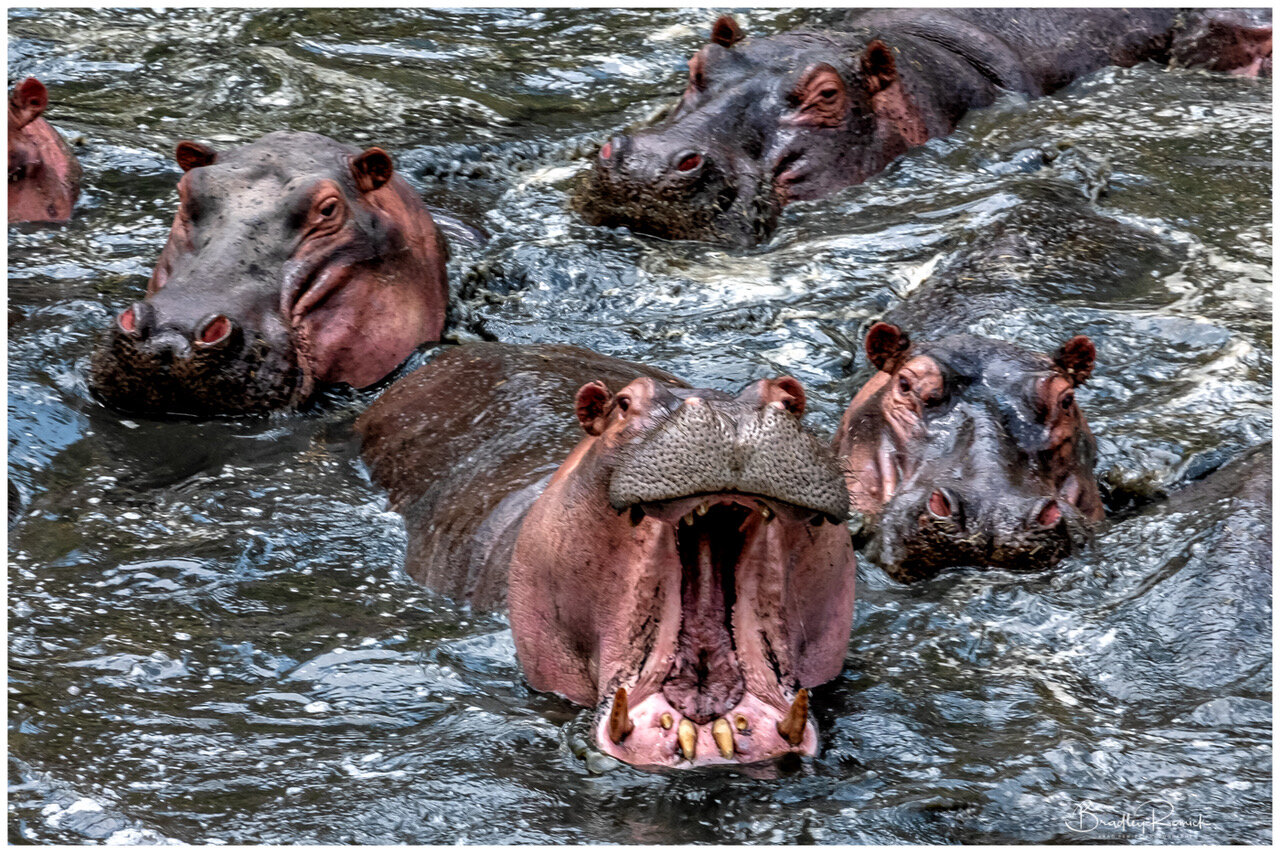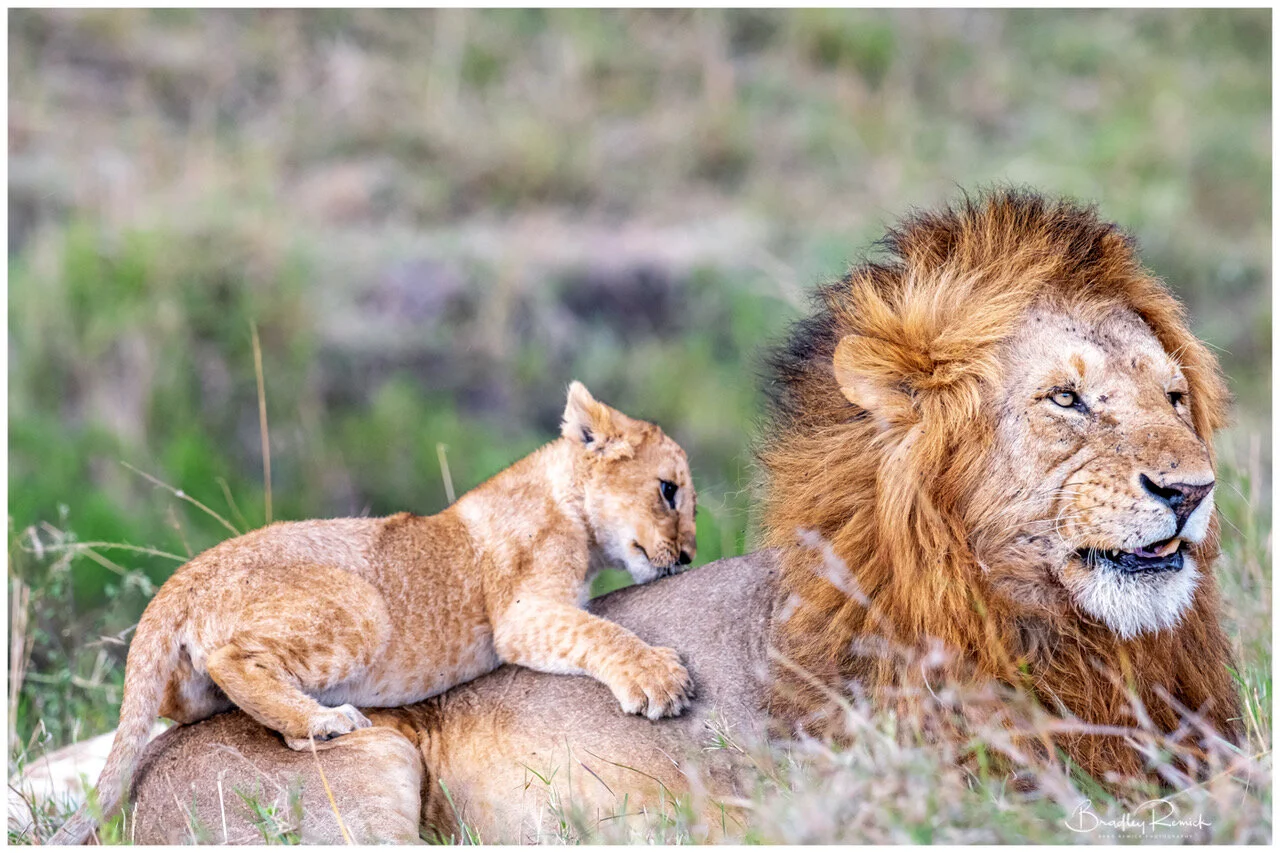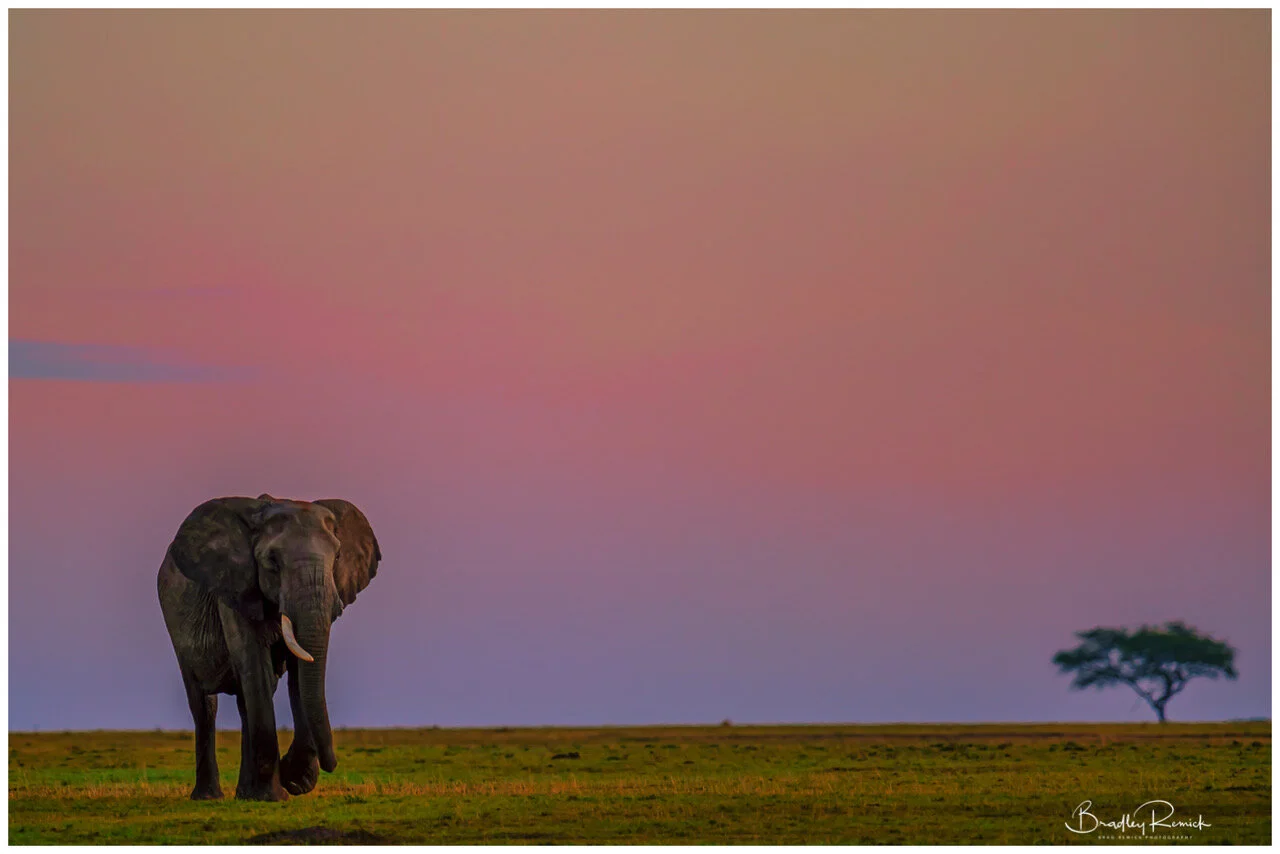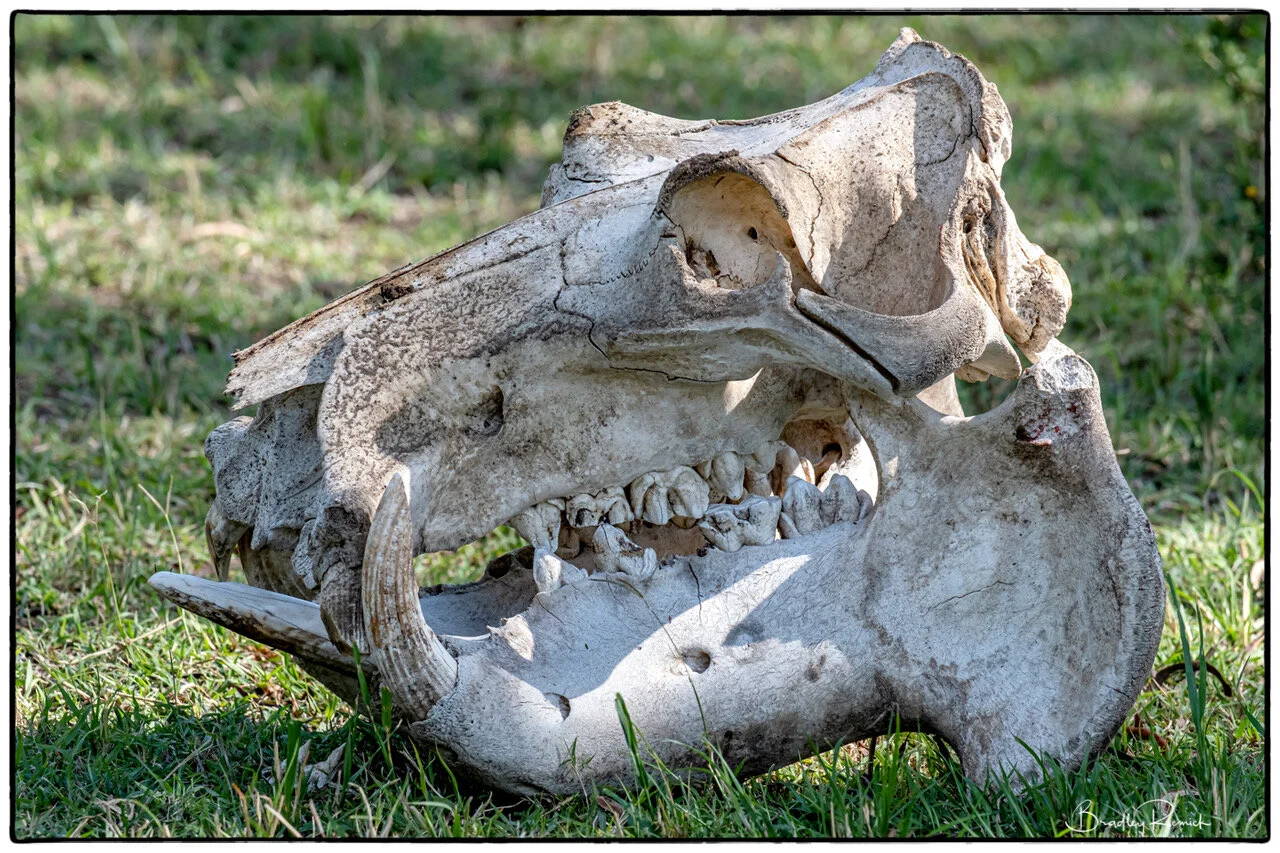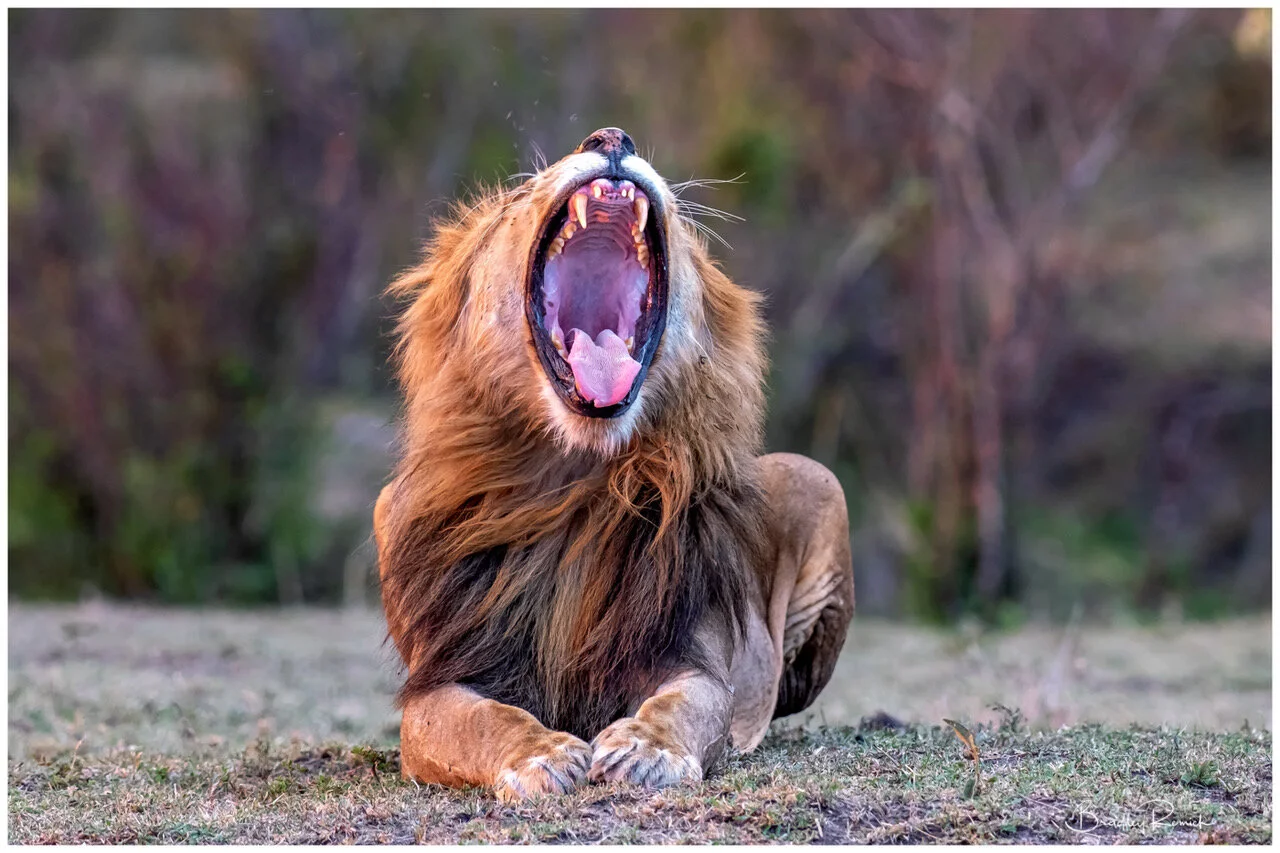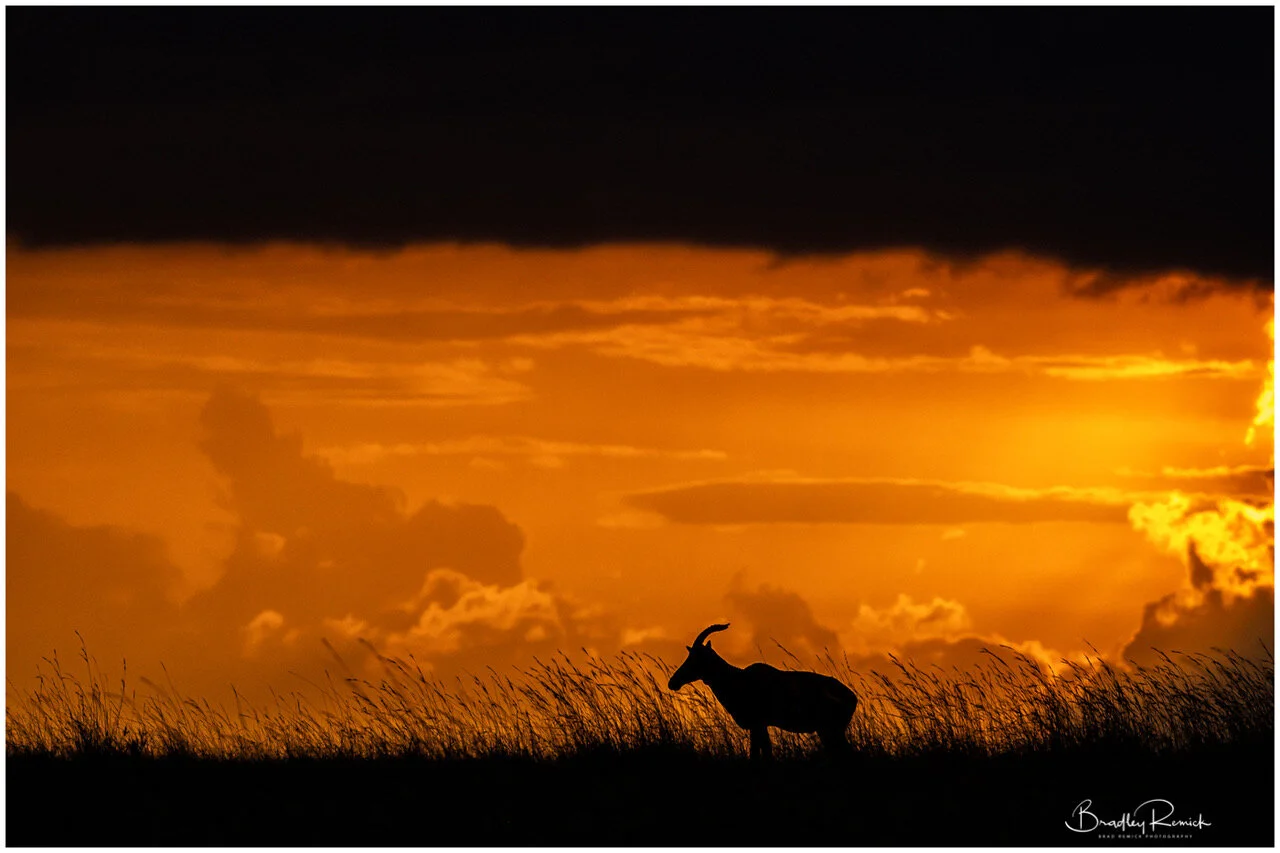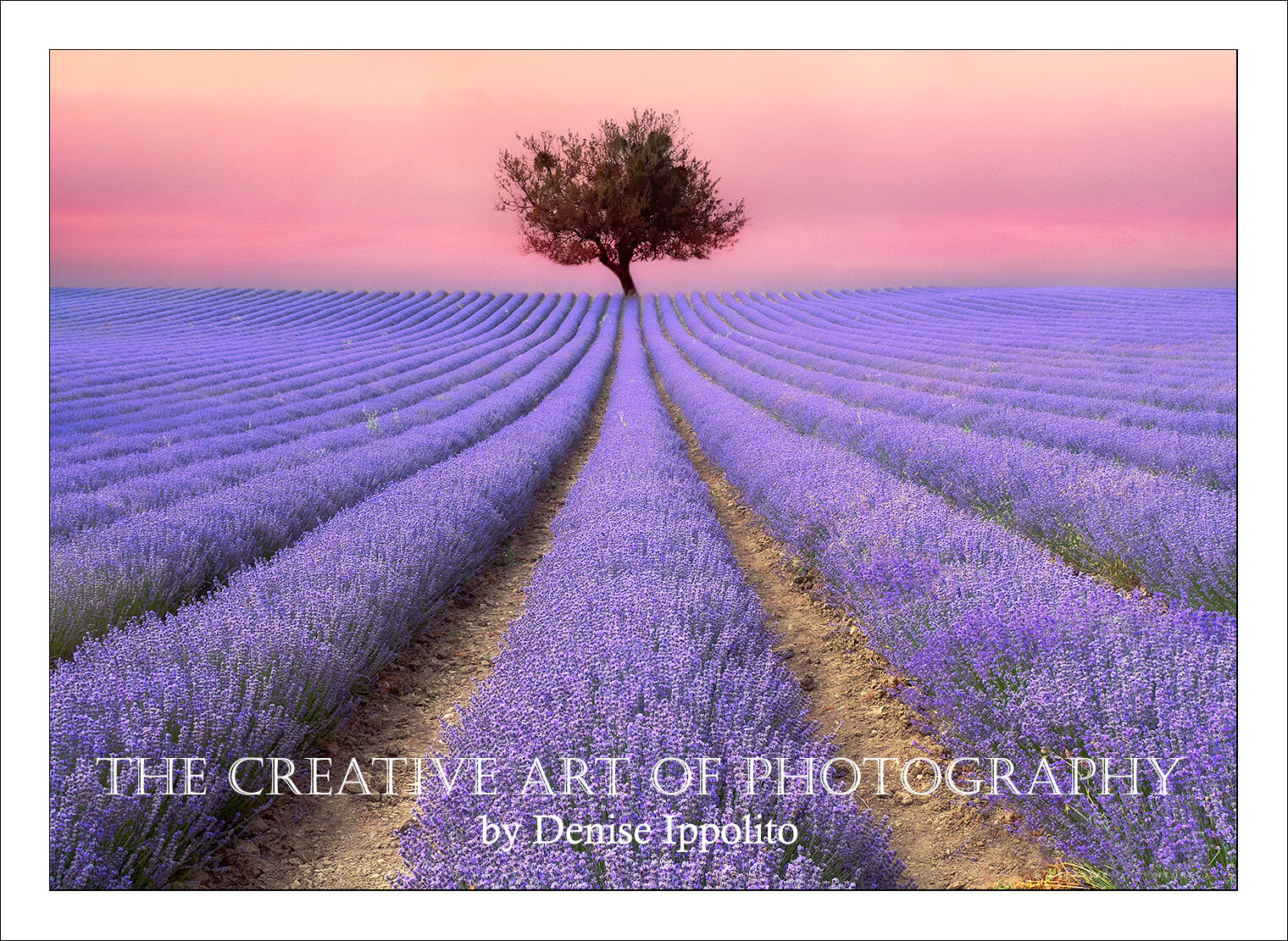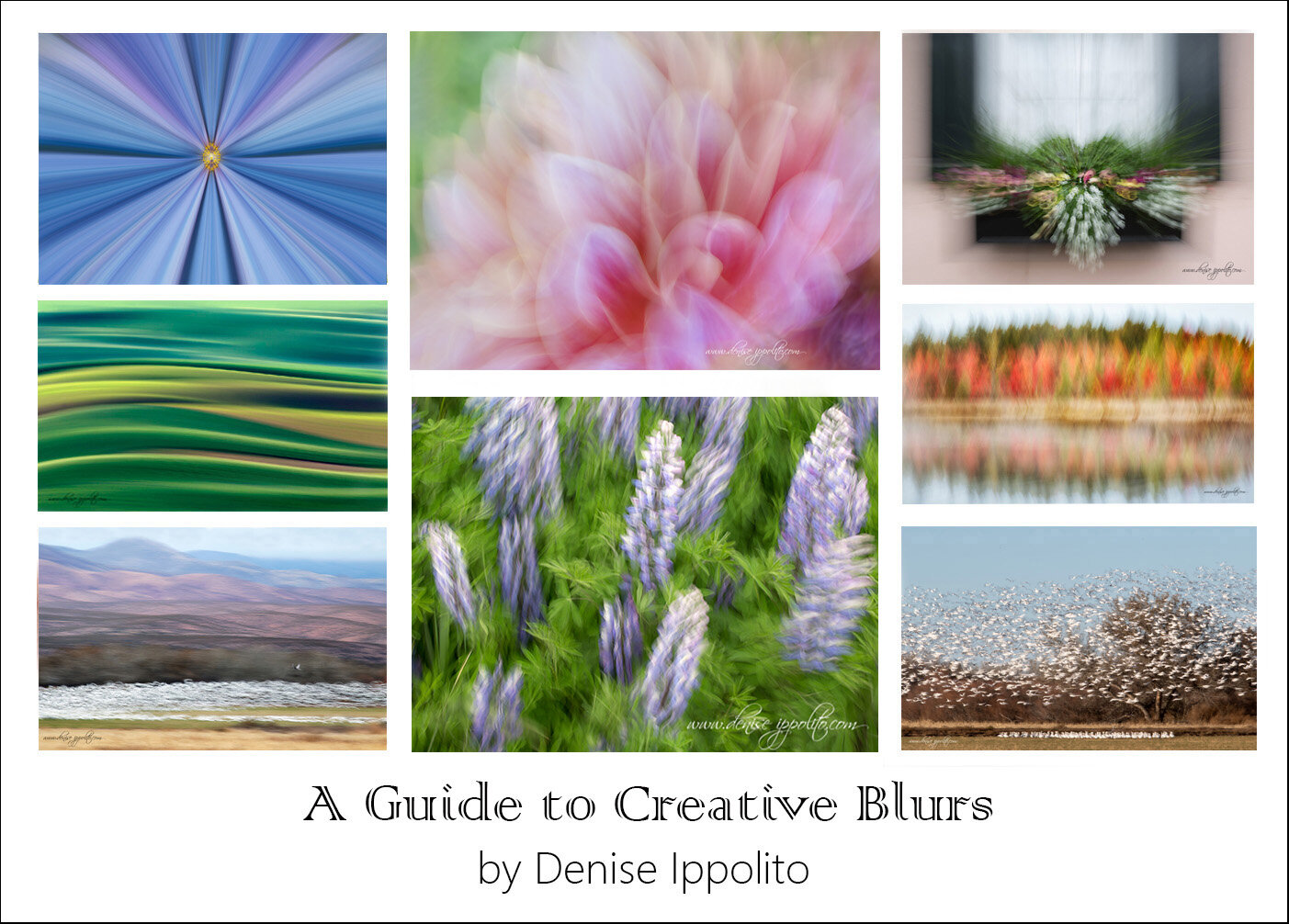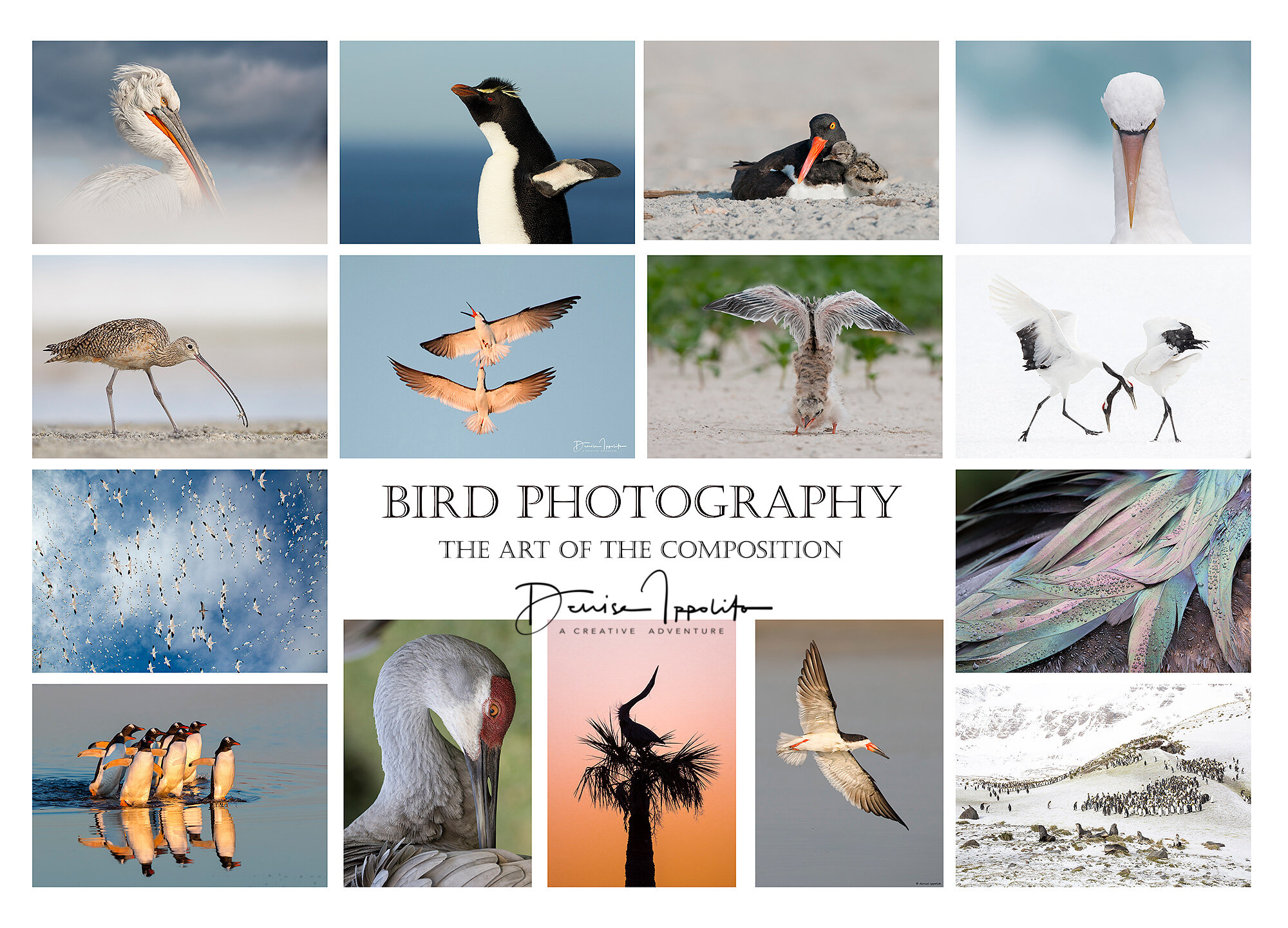As many of you know I haven’t exactly weighed in on my thoughts about using Sony for wildlife and birds. The biggest reason is I absolutely hate pissing matches and people saying my gear is better than your gear. The absolute truth is that there are so many variables to consider when choosing a camera system. and no one can, across the board, tell anyone else what is right for them and their shooting style.
A lot of photographers don’t completely understand their camera’s focusing system enough to know whether or not it is working for them. They also may be using slower lenses or even inferior lenses; they may also be adding teleconverters in low light and also metabones adaptors.
It is best to get to the core of the problem or issues of why someone wants to switch camera systems. Some folks are considering switching to Sony to lighten the load—wrong, the load will be just as heavy! I have not seen any significant weight loss using the Sony. The files are brilliant and the lenses are tack sharp. Right now I own the Sony Alpha a7R III Mirrorless Digital Camera , the Sony Alpha a9, the Sony G Master FE 100-400mm super-telephoto zoom lens, Sony FE 24-105mm f/4, G lens , and the Sony FE 16-35mm f/2.8 GM Lens with a Sony FE 1.4x Teleconverter and I recently purchased the Sony FE 200-600mm f/5.6-6.3 G lens . I may purchase the Sony Alpha a9 II once all the reviews are in. I also may purchase the Sony G Master 600mm lens if I sell my Canon 600mm.
My thoughts on the Sony lenses that I do own. They are all sharp and focus well. The 200-600mm lens is perfect for safari, it is relatively lightweight and the interior zoom glides and makes tracking easier. Direct Drive SSM linear focus provides power and precision to drive the lens mechanism for fast, accurate focus while remaining extremely quiet. Focus breathing is effectively minimized by a precision internal focus mechanism. Unlike Sigma & Tamron’s 150-600mm lenses, the Sony 200-600mm features an internal zoom mechanism so the length of the lens does not change when zooming. This allows for a more stable handheld operation with consistent weight balance when zooming; this internal zoom also contributes to a dust and moisture proof design because air isn’t being sucked into the lens while zooming. The lens hood on the 200-600mm does fall off easily and I lost mine on one of the first days in the field (it only cost $75.00 to replace). I feel that the Sony 100-400mm lens (even when set to smooth) does not glide when zooming-this is important because if it sticks even a little you can miss a shot. Both are tack sharp and focusing is not a problem. The 200-600 is an f/6.3—that hurt a little :) . Both the Sony 24-105 f/4 and Sony 16-35mm f/2.8 lenses are much, much sharper than my similar Canon lenses. None of these lenses are ultra light weight so, again, saving weight is not really the motive to switch to Sony. Olympus is the brand to check out if weight issues are your reason for switching.
Just a quick note about the Sony Alpha a9-it is a fantastic camera!! One of my all time faves so far. It is fast to focus, grabs a hold of the subject and in my opinion never lets go! It is my go-to camera for wildlife, it blows away the Sony 7r3 and 7r4. I don’t like the price tag of the new Sony Alpha a9II and I was really hoping for more mega pixels. The improvements on water sealing are good but the price hike on the new version is not!
One of the biggest issues for me with Sony for birds, was their lack of longer lenses. Now that they have come out with two new longer lenses, I think they are going to be hard to beat. I wish that the new Sony 600mm prime was lighter and cheaper but I guess you can’t have everything.
So, why am I switching, I like the direction that Sony is going in and I also have faith in their product. Each lens that I have is sharp and I can’t say that about my old Canon 24-105mm or 16-35mm f/2.8 lenses. The Alpha a9 is also—simply awesome… My Sony 7R III is also an amazing camera, I’ll continue to use that for my landscape photography. It is slightly better with handling noise than the 7RIV.


